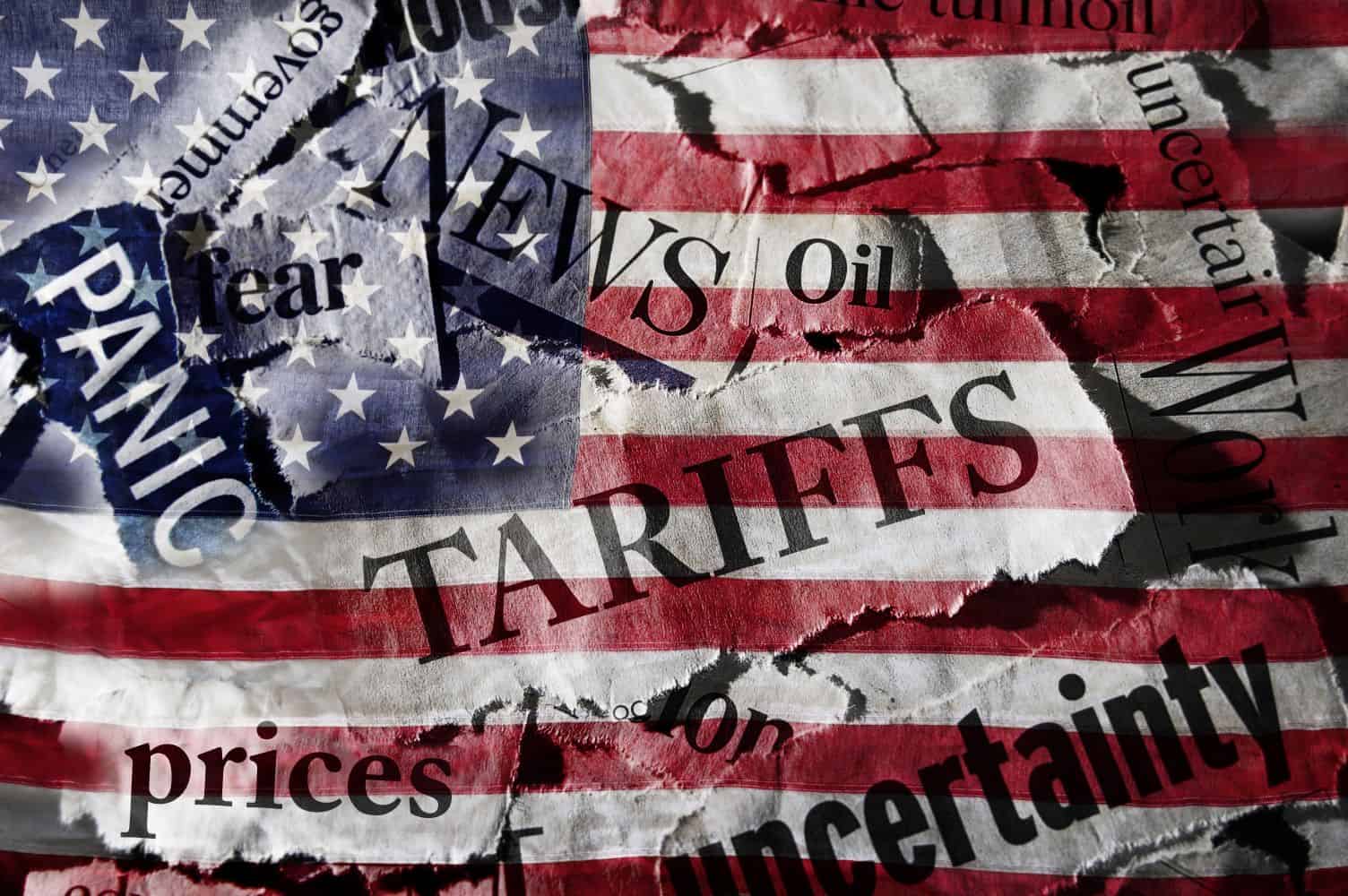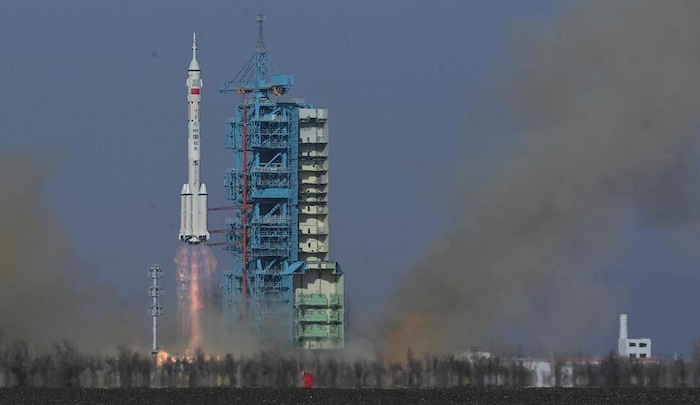
The US tariff of 30% on goods exported to the US from South Africa has already left its mark on the country’s economy, but an expert says that despite the tariffs, trade flows are starting to realign to new markets.
While the US tariffs present hurdles for a few niche agricultural sectors, we are seeing data trends that support a counter-narrative that the disruption is accelerating a shift towards new opportunities, Sean Walsh, CEO of KAL Group, a JSE-listed South African agricultural, fuel and convenience speciality retailer, says.
“Trade flows are starting to realign and long-planned diversification into Asia, Africa and Europe are gaining momentum, supported by better logistics and stronger trade partnerships.”
ALSO READ: Time to put tariff wars behind us and build trade foundations
How important is the US for South Africa?
Walsh says while it is true that the US is one of South Africa’s most important trading partners, the US is not dominant when it comes to agriculture.
“This is supported by trade data from a recent Agbiz research report, which shows that in the first quarter of 2025, SADC markets accounted for roughly 39% of South Africa’s agricultural exports, followed by the European Union with around 25%.
“Other major destinations include the United Kingdom, China and regional African markets (SACU). The United States accounted for only 4-6.5% of total agricultural exports over recent years.”
What about South Africa’s citrus industry? Walsh says while citrus, the flagship of South Africa’s agricultural export portfolio, has been at the centre of the tariff debate, citrus exports are set for a record season in 2025, while the share of its exports to the US is modest.
Data suggests that around 4% of South Africa’s citrus exports were destined for the US in 2024, amounting to 6.58 million cartons. In the US market for southern hemisphere citrus, South Africa held a share of about 13.9%, behind Chile, Peru and Argentina.
“The citrus industry is having an unbelievable year, driven by exceptional yields, improved quality and export growth. Most citrus shipments already occurred before the 30% US tariff took effect.”
Industry forecasts for 2025 point to a record 180 million 15kg cartons, compared to approximately 164.6 million cartons in 2024 and 165.1 million in 2023.
ALSO READ: Business confidence increases, but will come under pressure from US tariff
Real effects of US tariffs only expected from the 2026 season
Walsh says this would positively affect Agrimark sales given that the business is one of the largest distributors of packaging material to the fruit export industry. As part of KAL Group, Agrimark plays a vital role in the agricultural value chain, offering farmers end-to-end solutions, from inputs and equipment to infrastructure and packaging for local and export markets.
“The real effects are expected to become visible from the 2026 season onwards. Importers will naturally compare tariffs across suppliers, and while some South American and EU competitors may look more attractive in the US, that creates openings for South Africa in other markets currently served by those suppliers.
“Therefore, rather than focusing only on the challenge, there is an opportunity to grow in alternative markets and continue diversifying our export destinations.”
About other Agri sectors Walsh says that US exposure is concentrated in a few high-value commodities (rather than across the sector as a whole), such as macadamias, raisins, fruit juice, ostrich leather and some citrus lines, while most other products have limited market share.
“Macadamia producers are already exploring alternative markets such as India, recognising that global demand remains strong.”
ALSO READ: Agricultural exports doing well so far despite US tariffs – but farmers dread next season
Despite US tariffs, SA has been looking at other markets already
Should South Africa not move its focus to expanding market access and diversification away from the US? Walsh says long-planned diversification efforts towards Asia, Africa and Europe are accelerating, underpinned by logistics improvements and strategic trade negotiations.
“South Africa’s trade strategy increasingly emphasises expanding market access in emerging regions. Asia represents a rapidly expanding opportunity. Citrus exports to Vietnam, avocados to China, Japan and India and premium wine to Asian markets, combined with logistics upgrades, are already reshaping South Africa’s trade profile.”
According to Walsh reports indicate that South Africa is actively expanding its trade horizons, with its sights set on Türkiye and Switzerland. “While US trade negotiations continue amid uncertainty, business leaders stress the importance of diversified partnerships, infrastructure investment and productivity.
“These efforts align with continental goals under the African Continental Free Trade Area (AfCFTA) and new trade arrangements with India and the UK.”
ALSO READ: US tariff an existential threat for a third of metals and engineering sector
Adapting in face of US tariffs, not collapsing
Walsh points out that a key takeaway is that South Africa’s agriculture sector is adapting and not collapsing. “Ultimately, while the full impact of the tariffs is not yet clear, the disruption is triggering a re-evaluation of opportunities.
“Differences in US tariffs between suppliers could shift trade patterns in the southern hemisphere and that may work in South Africa’s favour. When it comes to the agricultural sector, the US is not as dominant for our exports as the EU, UK, China and Africa.
“For most producers, the US is simply one of several markets and not the sole focus. This reflects a sector that is strategically repositioning rather than one in decline.”



